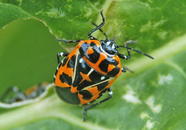
Severe infestations can cause plants to wilt, turn brown and die. Often populations peak and fall quickly. The adult is a flat, shield-shaped stink bug about 3/8 of an inch long with red and black markings on its back. The nymph, though smaller and more round, has the same markings.
Cyfluthrin (Baythroid, Bayer Vegetable & Garden Insect Spray) can be used for control as it is labeled, effective and has a zero day waiting period between spraying and harvest. (Ward Upham)
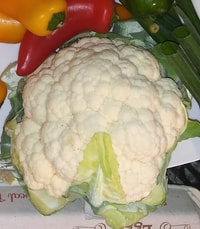
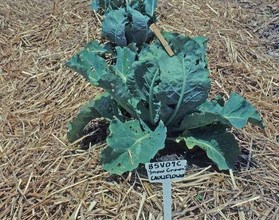
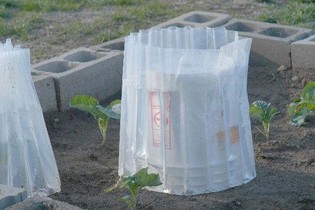
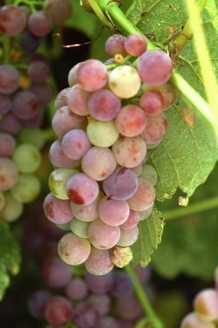
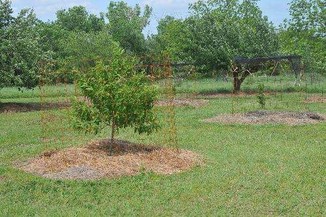
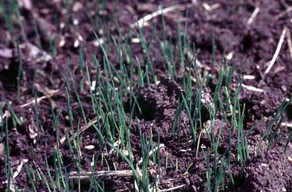
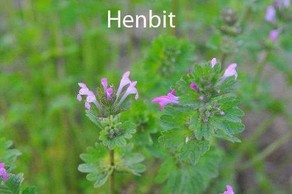
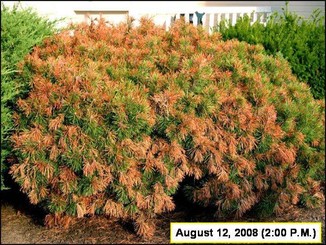
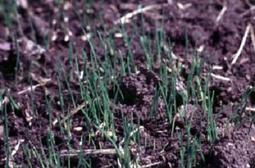
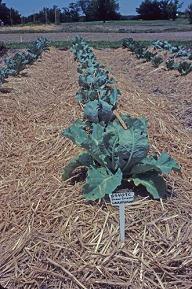
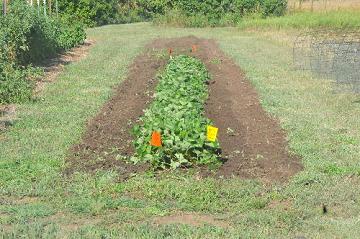
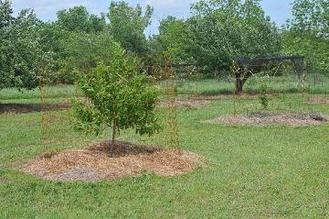
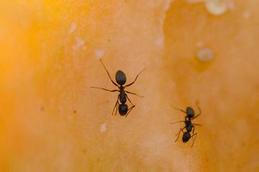
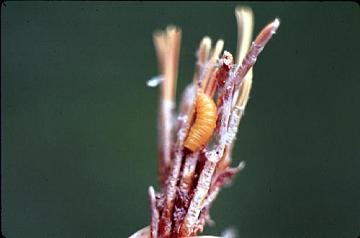
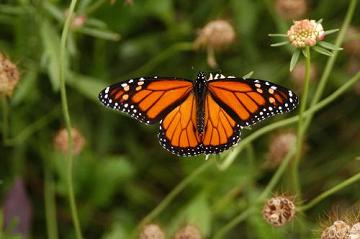
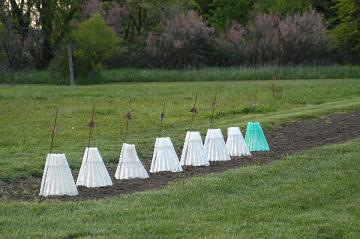
 RSS Feed
RSS Feed
